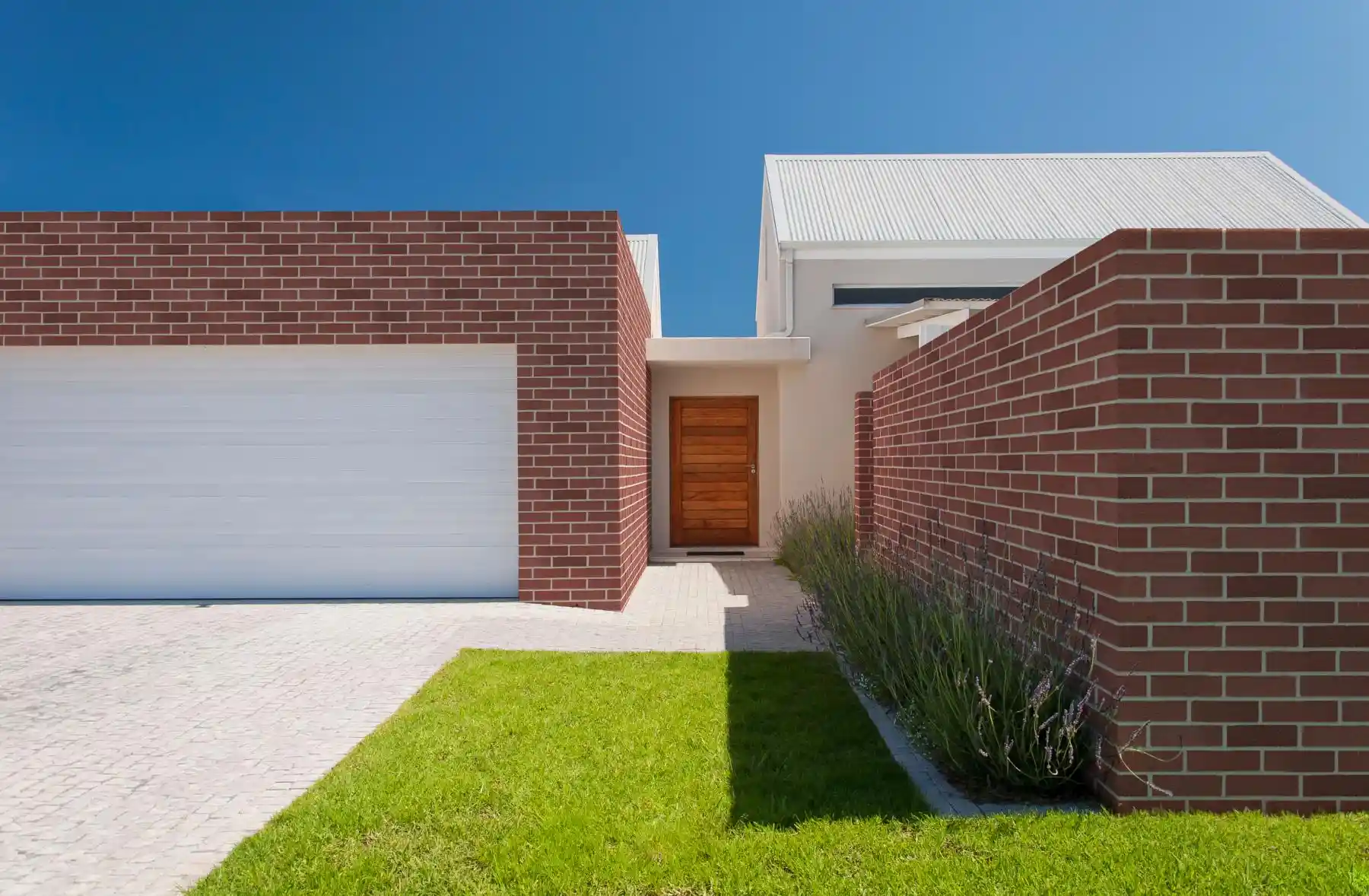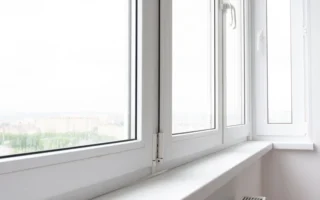When it comes to construction, the choice of materials can significantly impact the overall aesthetic and structural integrity of a building. Among the various materials available, bricks stand out as a popular choice due to their durability and versatility. In this article, we will explore two main types of bricks: smooth bricks and rough bricks. Understanding the differences between these two types is crucial for making informed decisions in your construction projects, especially when considering rough brickwork for a more textured and rustic appearance.
What are Smooth Bricks?

Definition and Characteristics
Smooth bricks are characterized by their uniform, fine texture. They are designed to have minimal imperfections, which gives them a sleek and modern appearance. Often pressed during manufacturing, smooth bricks can come in a variety of colors and may even have a slight sheen, enhancing their visual appeal. This makes them a popular choice for contemporary architectural designs.
Manufacturing Process
The manufacturing process of smooth bricks is quite fascinating. They are created by extruding clay through a steel die without the use of blades. This method ensures that the bricks have a consistent shape and size. After extrusion, the clay is cut into shorter units using wires before being fired in a kiln. This firing process solidifies the bricks, making them durable and ready for use in construction.
Uses and Benefits
Smooth bricks are particularly well-suited for modern construction projects. Their clean and uniform look makes them ideal for building facades, internal walls, and decorative purposes. They can enhance the overall aesthetic of a building, providing a polished finish that appeals to many homeowners and architects alike.
What are Rough Bricks?

Definition and Characteristics
In contrast to smooth bricks, rough bricks feature a more textured and uneven surface. This texture can include visible ridges, grooves, or pits, giving them a distinctive look. Rough bricks also come in various colors, but their texture is often more pronounced, contributing to a rustic charm that many find appealing.
Manufacturing Process
The manufacturing process for rough bricks differs significantly from that of smooth bricks. They may be molded by hand or extruded with blades to create their textured surface. The firing process can also play a role in enhancing the rough appearance of the bricks, making them suitable for various construction applications.
Uses and Benefits
Rough bricks are commonly used for external walls and facades. Their textured surface not only adds character to buildings but also provides a more traditional and rustic look. Additionally, rough bricks can be utilized for internal walls and decorative features, making them a versatile choice for many construction projects.
Differences Between Smooth and Rough Bricks

Appearance
The most noticeable difference between smooth and rough bricks is their appearance. Smooth bricks have a uniform, fine texture, while rough bricks exhibit a more uneven, textured surface. Smooth bricks often come in a variety of colors with a slight sheen, whereas rough bricks have a more pronounced texture that can enhance their rustic appeal.
Manufacturing Process
The manufacturing process also sets these two types of bricks apart. Smooth bricks are created by extruding clay through a steel die without blades, ensuring uniformity. In contrast, rough bricks are molded by hand or extruded with blades, resulting in their characteristic texture. The firing process further contributes to the differences in appearance and durability.
Uses and Benefits
When it comes to uses and benefits, smooth bricks are ideal for modern construction projects and internal walls, providing a clean and uniform look. On the other hand, rough bricks are often preferred for external walls and facades, offering a more traditional and rustic appearance. Each type of brick has its unique advantages, making them suitable for different architectural styles and preferences.
Advantages of Rough Brickwork

Aesthetic Appeal
One of the primary advantages of rough brickwork is its aesthetic appeal. The textured surface of rough bricks adds visual interest and character to buildings. The interplay of light and shadow created by the uneven surface can enhance the overall appearance of a structure, making it stand out in its environment. Many architects and designers choose rough bricks to create a more traditional, historic look that resonates with a sense of craftsmanship.
Durability
Rough bricks are often more durable than their smooth counterparts. The manufacturing process, which may involve hand molding or extruding with blades, contributes to their strength. Additionally, the textured surface can help conceal imperfections and wear over time, making rough bricks an excellent choice for areas exposed to the elements, such as external walls and facades.
Versatility
Another significant advantage of rough bricks is their versatility. They can be used in a variety of construction projects, ranging from residential homes to commercial buildings. Rough bricks can serve both structural and decorative purposes, allowing for creative design possibilities. Furthermore, they can be combined with other materials, such as stone or wood, to create unique design features that enhance the overall aesthetic of a building.
Considerations for Using Rough Bricks
Cost
While rough bricks offer many benefits, it’s essential to consider the cost. They may be more expensive than smooth bricks due to their manufacturing process. The price can vary depending on the type of brick and the manufacturer, so it’s wise to shop around and compare options before making a decision.
Maintenance
Rough bricks may require more maintenance than smooth bricks. Their textured surface can collect dirt and debris over time, necessitating regular cleaning to keep them looking their best. Homeowners and builders should be prepared for the upkeep that rough brickwork may entail.
Installation
The installation of rough bricks can be more challenging than that of smooth bricks. Their uneven surface may require special techniques to ensure that the bricks are laid evenly and securely. It’s crucial to work with experienced masons who have a background in handling rough bricks to achieve the best results.
Conclusion
In summary, understanding the differences between smooth and rough bricks is vital for making informed decisions in construction projects. Smooth bricks offer a sleek, modern appearance, making them ideal for contemporary designs. In contrast, rough bricks provide a rustic charm and durability that can enhance the aesthetic appeal of a building.
If you’re considering your next construction project, think about the advantages of using rough bricks. Their unique texture, durability, and versatility can add character and charm to your building, making it stand out in any environment. Whether you’re building a new home or renovating an existing structure, rough brickwork could be the perfect choice for achieving the look and feel you desire.




